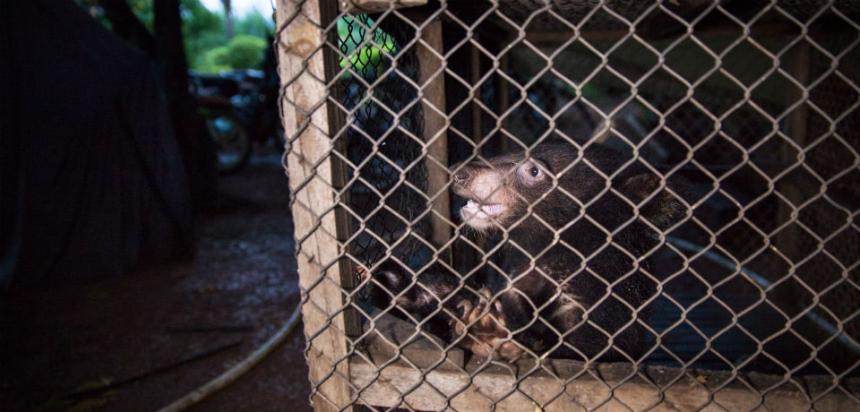The following text is taken from an alarming report by Robert Carmichael, on the Foreign Policy website. The complete text can be found on the FP website.
The trafficking of wild-caught bears and bear parts receives less attention than the illicit trade in other exotic animals, such as elephants, rhinos, and tigers. Yet it is big business in Asia: A whole gallbladder can be worth as much as $2,000 in parts of the continent, while bear paws smuggled into China, where they are considered a delicacy, can be sold for more than 20 times what they cost to purchase in Russia. (Few estimates exist for the overall size of the bear trafficking industry in particular, but in 2012 the World Wildlife Fund placed the overall value of the global illicit trade in wildlife as high as $10 billion a year.) And unlike in the case of elephants and rhinos, which are protected by dedicated, sophisticated — and in some cases armed — task squads, bear trafficking takes place nearly unchecked across Asia, from Pakistan to Japan, from Russia to Indonesia, driven by corruption made worse by complacency and an international community that pays it little attention.
In August, TRAFFIC, a wildlife-trade monitoring group that released a report on the bear trade in Asia, warned that the hunting of bears has become widespread and unsustainable. Asia's bears may not yet be in the dire straits of tigers and rhinos, said Chris Shepherd, TRAFFIC's regional director — but that day may be coming. "Sadly, we often have to wait until it is almost too late before anything is done," he said.


